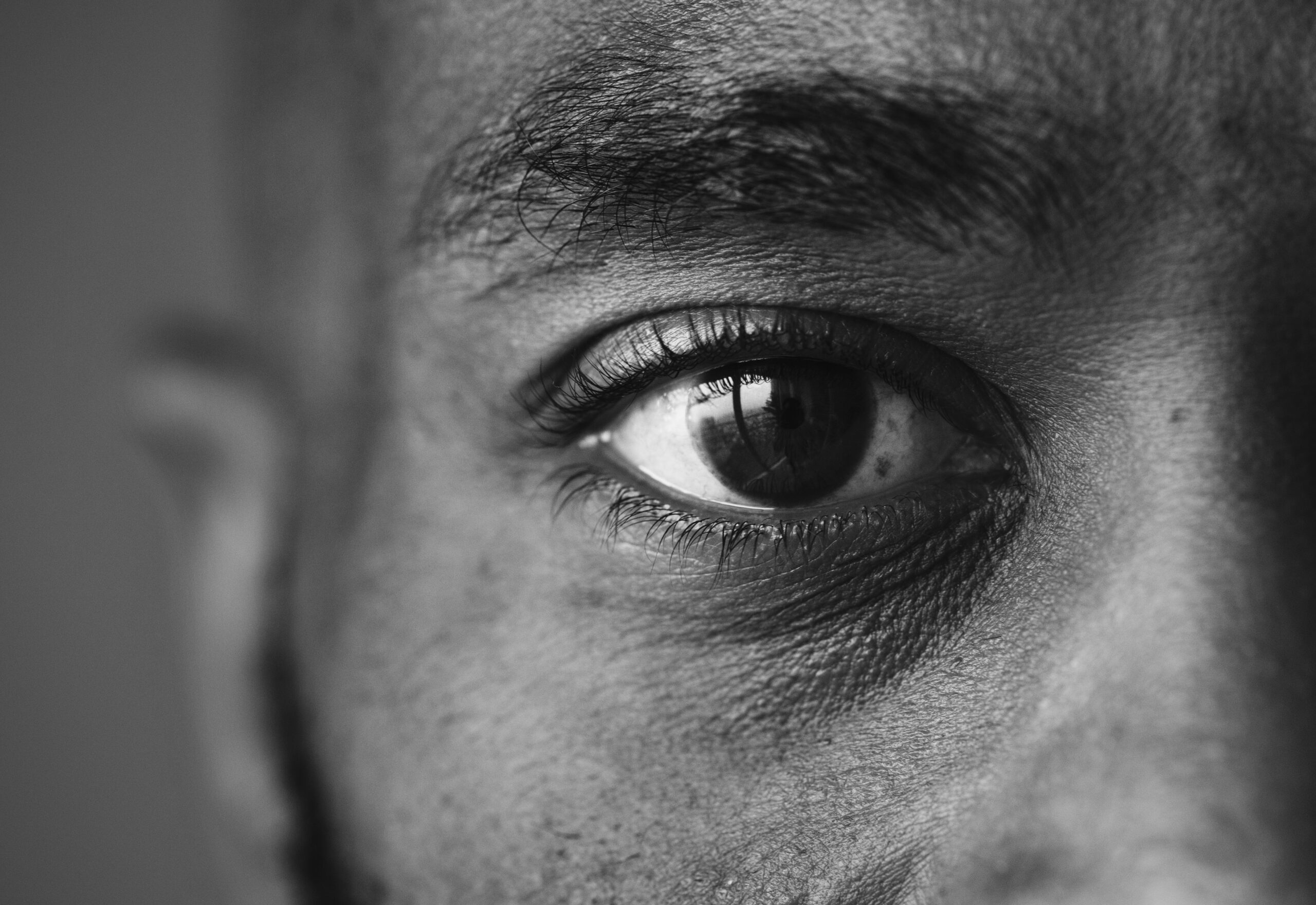Volume 12 Issues 1 January, 2022

The practice of ophthalmology and psychiatry meet over several aspects of patient diagnosis, management, and therapy. The ophthalmologist may recognize signs and symptoms of the psychiatric disorder, including conversion disorders. On the other hand, some signs like eye movement abnormalities may be associated with specific psychiatric disorders (e.g. schizophrenia) and could potentially aid in diagnosis by the psychiatrist. Many patients with various eye diseases may have psychological reactions to blindness and eye surgery, which may need to be identified and managed. Also, several eye diseases have unknown causes in which psychological factors are implicated in causation.
Some of the possible psychiatric consequences of ophthalmic diseases are Mental state in blind patients, Black patch psychosis, Phobias in the operation theatre, Steroid-induced psychosis, Charles Bonnet Syndrome (visual loss and visual hallucinations).
Mental state in blind patients:
The link between low vision and deterioration in mental health has recently been brought to the spotlight. Research over the past few years has highlighted that people suffering from vision loss are twice as likely to suffer from depression due to increasing dependency on people around them. Psychological distress and heightened anxiety are the most common reactions to vision loss.
Similarly, often loss of vision occurs as a side effect of psychiatric medication. Once a visually impaired and mentally ill patient gets dependent on psychiatric medication, it can worsen their eyesight further, resulting in further deterioration of mental health, thus forming a vicious cycle, especially without a support network, for them to make the necessary lifestyle changes.
Black patch psychosis:
Although rare, some patients have both eyes patched after trauma, intraocular surgery, or other causes. Psychiatric features include restlessness, hyperactivity, anxiety, irritability, disorientation in time and space. Less frequently, mania, delusions, auditory and visual hallucinations may occur. Patients who have impaired other senses like hearing problems etc. are more prone to develop this condition. Black patch psychosis is a faulty adaptation to psychic stress of visual deprivation and loss of perceptual and conceptual clues.
Phobias in the operation theatre:
Passing through various stages of eye operations can cause a lot of distress, anxiety, and fear among patients. Reasons for fear and anxiety can be diverse. As far as local anaesthesia is concerned, the knowledge of needle pricks around the eyes is quite frightening for some people, while some people with a low threshold for pain may be troubled by the prick of needles. The most ordinary fear of general anaesthesia is ‘not waking up. Another common cause of apprehension during surgery is the fear of becoming blind by some complication. However, patients who had uneventful and smooth surgeries in one eye earlier are calm generally when being operated upon the second eye.
Steroid-induced psychosis:
Usage of systemic steroids in some patients can induce mental state changes termed Steroid-induced psychosis. Females and younger patients are more prone to develop this type of psychosis. Features include changes in mood such as depressive or manic disorder. It is usually acute onset, and symptoms generally present in the first few days of therapy. Phenothiazines and cessation of systemic steroid therapy is the mainstay treatment with resolution of symptoms within six weeks.
Charles Bonnet Syndrome (vision loss and visual hallucinations):
A significant number of patients with severe (bilateral) visual loss experience visual hallucinations. This is termed Charles Bonnet Syndrome. It is believed that these hallucinations are generated in the visual cortex when normal incoming sensory impulses are absent. Hallucinations often follow visual loss by days or weeks and can last for a few seconds or minutes or be continuous. They often occur in the evening and night when lighting is poor, and patients are inactive or alone. Usually, patterns, letters, people, animals, objects or landscapes are seen. There is an accompanying sound. The hallucinations are generally well tolerated and only require reassurance about their benign nature, and isolation may benefit. They occur under a variety of circumstances. They are common in patients with dementia or emotional stress. They may occur transiently with postoperative delirium, including after cataract surgery. Many drugs can cause them, and so can alcohol withdrawal. Visual hallucinations also occur in psychiatric disorders, usually accompanied by auditory hallucinations and other signs of mental illness. Most studies showed a significant relationship between psychiatry and ophthalmology, such as eye symptoms in mentally ill subjects, mental problems accompanying eye diseases, and significant adverse side effects of psychotropics on the eye. Psychiatrists should recognize signs and symptoms of eye disorders in people with mental issues, and ophthalmologists should be skilled enough to recognize symptoms of psychiatric disorders in their patients. Early recognition of symptoms in these two fields of medicine can help start an adequate complex therapy and increase the quality of life of psychiatric and ophthalmological patients.


